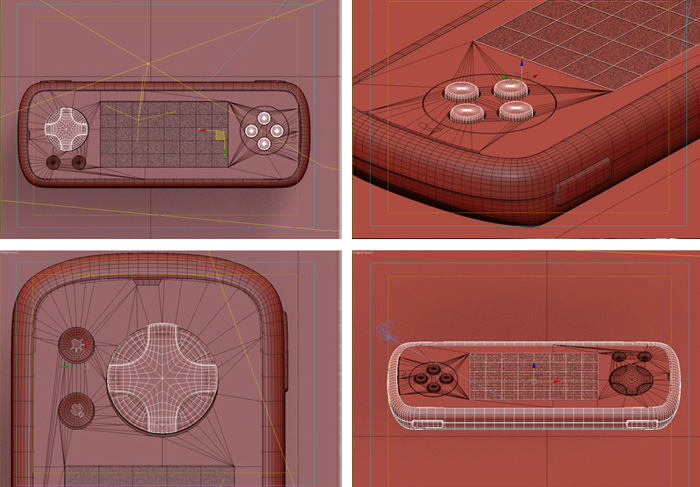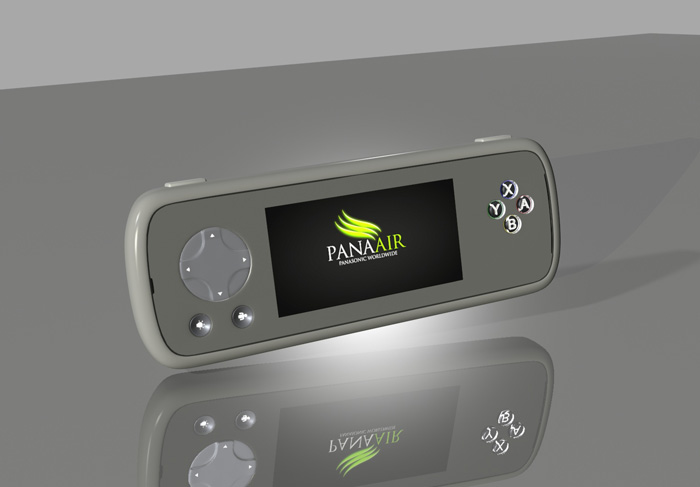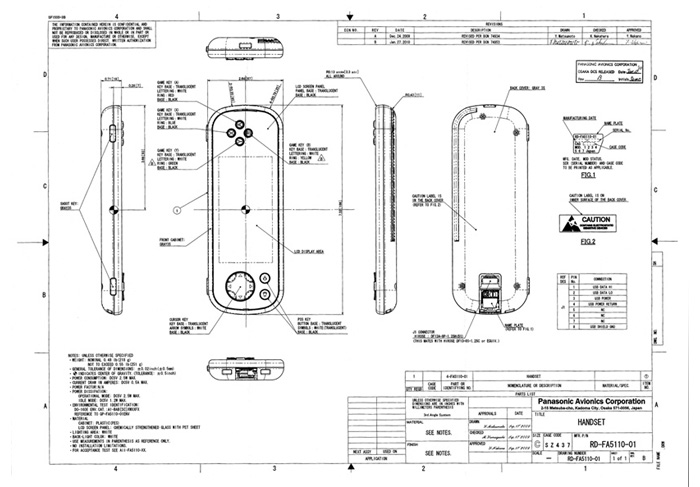Panasonic Karma Handset
In February 2011, Virgin Atlantic Airways achieved the distinction of being the inaugural customer to receive Panasonic Avionics' innovative Karma touch-screen handset. This cutting-edge device was meticulously designed to offer passengers an intuitive and user-friendly navigation experience, featuring a dynamic graphical user interface. Notably, it also provided airlines with the flexibility to craft custom designs that align with their branding strategies.
Karma ushered in a new era of in-flight convenience, empowering passengers to seamlessly multitask. While enjoying the latest video content on their screens, passengers could effortlessly place drink orders, shop for duty-free products, track their flight's progress, or engage in conversations with fellow travelers.






The Process
My introduction to 3D design began with self-guided attempts to navigate the vast world of 3DS Max, a formidable and expansive software platform. While the built-in tutorials provided valuable insights, I found that I needed a more structured and practical approach to truly grasp its potential. Enter my dedicated instructor, Jason MacCoy, and his proficient assistant, Roy Stanton, both of whom played pivotal roles in honing my skills. With their guidance, I swiftly progressed to creating intricate 3D models.
The Panasonic Karma handset, a device that was actively in development at the time, became a key project in my journey. Thankfully, I didn't have to start entirely from scratch. Armed with line drawings and photographs of the unit, I embarked on crafting a faithful representation of the handset. The course I undertook at UW, spanning nine months, transformed the software controls into a more intuitive language, enabling me to delve into the intricacies of the program.
Over time, the Karma handset itself underwent evolutions and updates by Panasonic. Consequently, I revisited the original files and incorporated these changes, ensuring that my 3D model remained in sync with the evolving product.
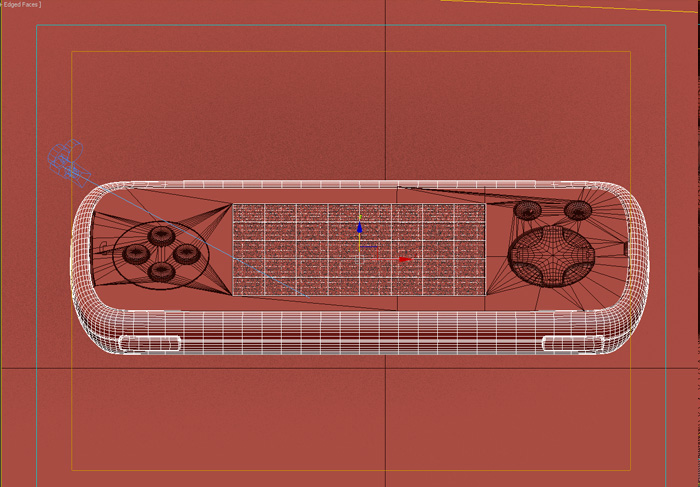
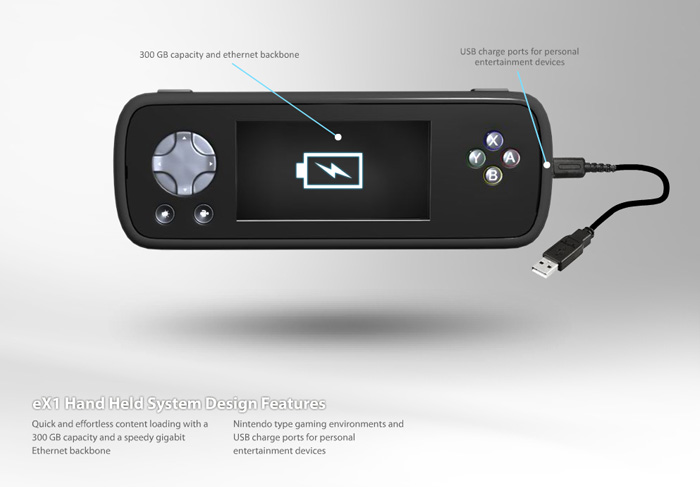
Each element of the handset, including buttons, graphics, and more, was painstakingly crafted piece by piece. These components were then seamlessly integrated into the final shell. A notable aspect of the process involved creating the handset panel. I initially outlined its shape in Adobe Illustrator, and upon importing it into 3DS Max, I employed Boolean Subtraction techniques to create the holes for the screen, buttons, and directional controls. The result is a highly detailed representation, as evident in the close-up views showcased here.
